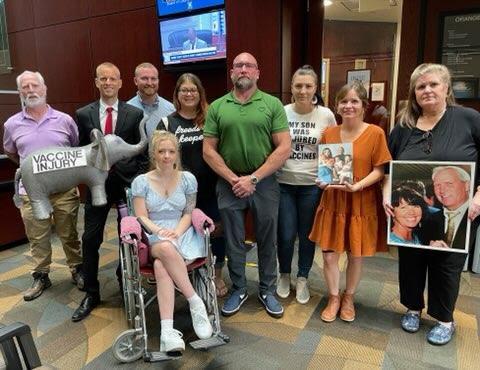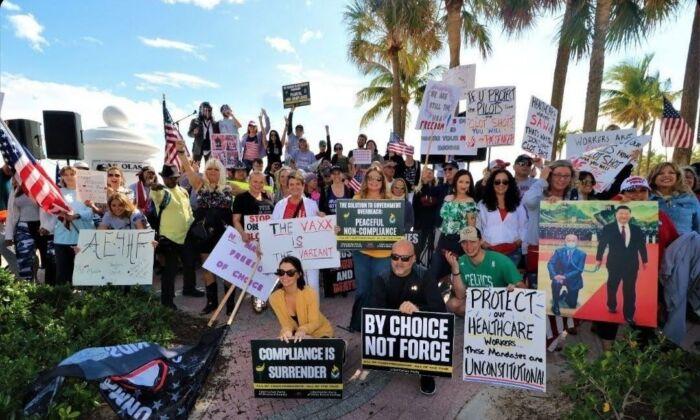PUNTA GORDA, Fla.–Surrounded by a group of recent nursing school graduates of Seminole State College, Gov. Ron DeSantis announced $125 million in funding to help nursing education and fight the nursing shortage in Florida.
“You have opportunities in that profession to impact a lot of people in a positive way,” DeSantis said. “You really are making a difference.”
The profession is “near and dear” to his heart, he said, because his mother was a nurse for more than 40 years.
“The new report predicts that 36,368 physicians will be retiring or leaving their practice by 2035,” The Safety Net Hospital Alliance of Florida said in a Tweet in December 2021. “We must increase existing GME funding, or we will only have enough docs in FL for about 75% of our population by then.”

These findings fueled discussions among lawmakers about ways to boost the nursing workforce. The House had previously proposed the increased funding necessary that would be paid for by Florida hospitals, but ultimately slashed funding for hospitals and increased education spending.
Although DeSantis did not officially endorse fortifying the state’s physician workforce, there is $38 million in the budget for graduate medical education that supports physician residency programs, according to legislative reports.
“I think that we’re also looking to see ways we can increase physician slots,” he said. “Because there is a need to have more physicians trained in the State of Florida. We have some physicians that we will train and then they will go to other states, so we see a need.”
Ultimately, lawmakers agreed to spend what DeSantis referred to as “new money” on increasing educational opportunities.
For the fiscal year 2022-2023, the Senate called for $125 million to go towards nurses training in three specified areas: $20 million for workforce training; $59 million for state colleges and $46 million for the state university system including Florida public universities.
Since DeSantis has been governor, he has issued budget vetoes each year. He has indicated in recent press conferences that he has the “power of the pen” and will line-item veto things he does not think are prudent. The legislature passed a record-high $112 billion budget, which the governor has not yet signed. He said he is “still going through it.”
“This year, they couldn’t tell anybody that their projects couldn’t be afforded because, honestly, we could afford it if we wanted to. It’s just about how much money ... you want to make sure we are building for future events and future surpluses,” DeSantis told reporters.
The 2022-23 budget covers state spending from July 1, 2022, through June 20, 2023.




